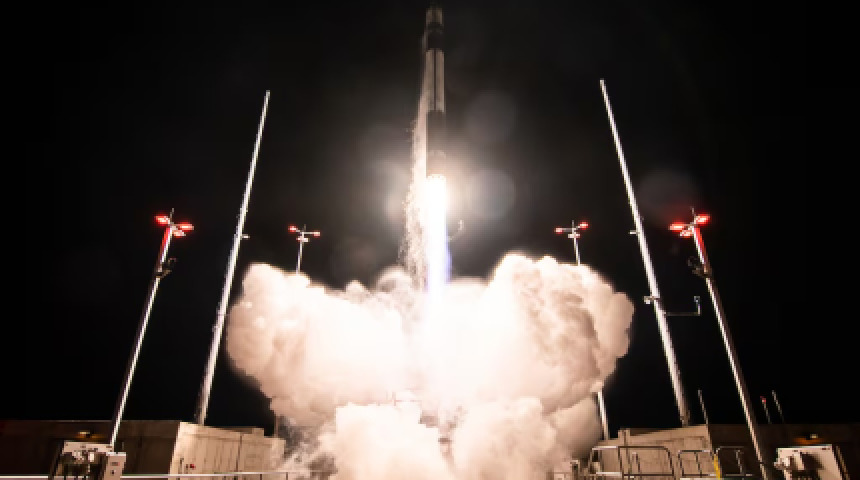美國導航技術衛星NTS-3發射延遲

(L3Harris Technologies)
美國太空軍原計劃透過導航技術衛星三號(NTS-3)計畫,測試新一代全球定位系統(GPS)技術,然而發射延遲可能影響短期內的成果。
NTS-3計畫旨在試驗新的定位、導航與授時(PNT)信號和設備,為未來的GPS衛星提供參考。該衛星由空軍研究實驗室與L3Harris公司合作開發,進度按計劃進行。然而,負責發射的聯合發射聯盟(ULA)新型Vulcan Centaur火箭的延遲,導致NTS-3的發射時間推遲。目前,Vulcan火箭仍在等待太空軍的最終認證,影響了NTS-3的發射時程。
太空軍原計劃將NTS-3驗證的技術整合到最新版本的GPS衛星,即GPS IIIF。目前已訂購10顆GPS IIIF衛星,預計首批五顆將於2027年開始交付。然而,隨著GPS IIIF設計階段接近尾聲,發射延遲可能限制將NTS-3技術納入這些衛星的可能性。如果錯過這一時機,太空軍可能需要考慮在後續批次的GPS IIIF衛星或其他PNT計畫中引入相關技術,例如旨在增強GPS星座的小型衛星計畫。
The U.S. Space Force’s plan to test next-generation Global Positioning System (GPS) technologies through the Navigation Technology Satellite-3 (NTS-3) program faces potential short-term setbacks due to launch delays.
The NTS-3 program aims to experiment with new positioning, navigation, and timing (PNT) signals and payloads to inform future GPS satellites. Developed in collaboration between the Air Force Research Laboratory and L3Harris, the satellite’s development has proceeded on schedule. However, delays with United Launch Alliance’s (ULA) new Vulcan Centaur rocket, designated for the launch, have postponed NTS-3’s deployment. Currently, the Vulcan rocket awaits final certification from the Space Force, affecting NTS-3’s launch timeline.
The Space Force had intended to integrate technologies validated by NTS-3 into its latest variant of GPS satellites, known as GPS IIIF. Ten GPS IIIF satellites have been ordered, with the first five slated for delivery beginning in 2027. However, as the GPS IIIF design phase nears completion, the launch delays may limit the opportunity to incorporate NTS-3 technologies into these satellites. If this window is missed, the Space Force may need to consider introducing relevant technologies in subsequent batches of GPS IIIF satellites or other PNT programs, such as initiatives aimed at augmenting the GPS constellation with small satellites.




回應文章建議規則: